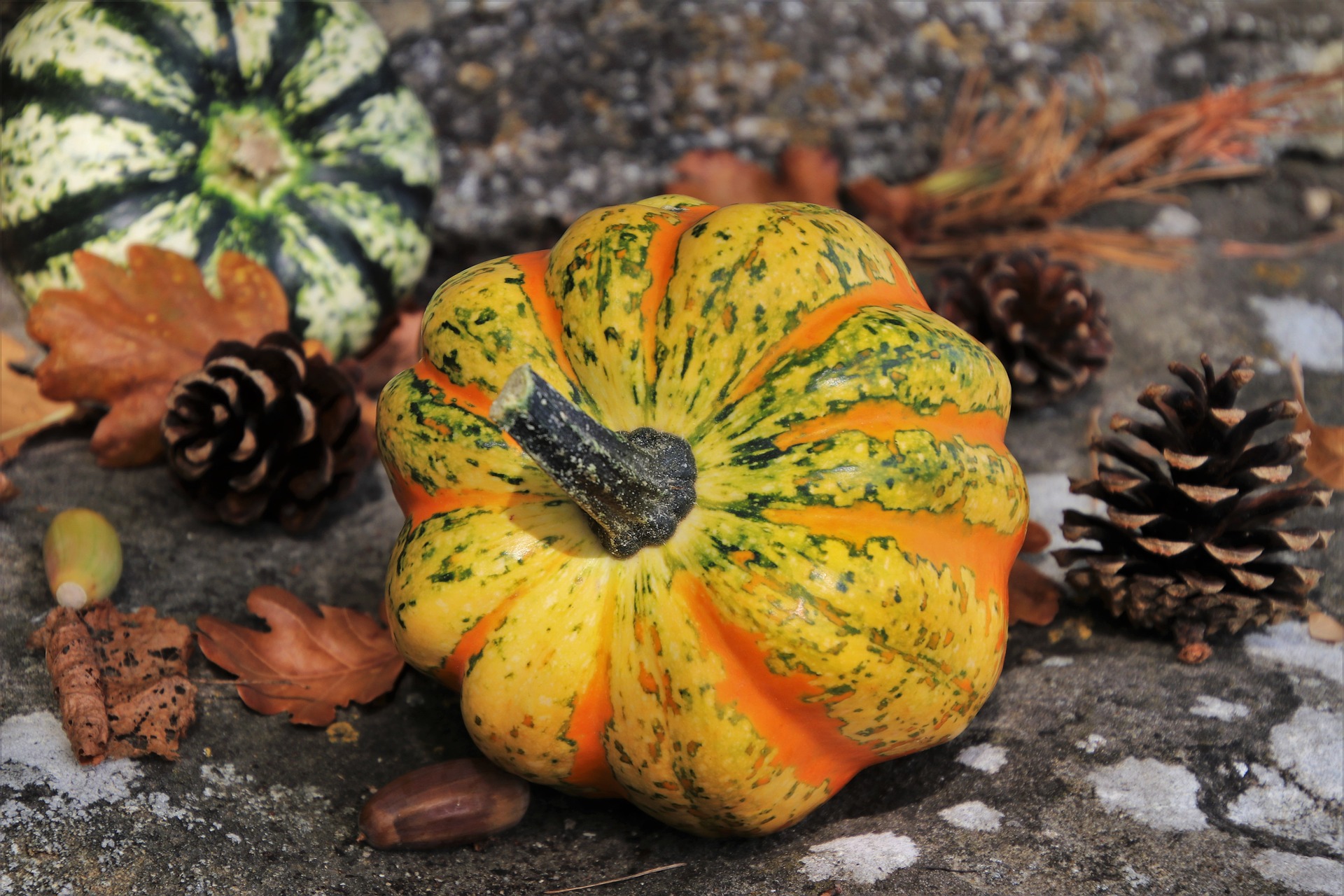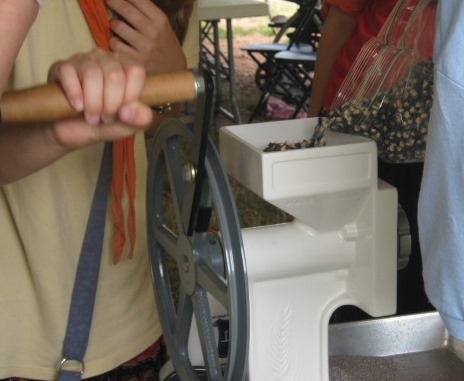
Bacterial Canker
a.k.a. Bacterial Blast or Bacterial Gummosis

Bacterial Canker is, as stated in the title, a bacterial disease. The heirloom garden plant mainly affected by Bacterial Canker is the Tomato. It is widespread throughout the U.S.A. especially when the weather is cool, moist and windy. It is spread to heirloom garden plants by the wind, rain, infected seeds, and debris. It enters the garden plant through wounds in its skin.










